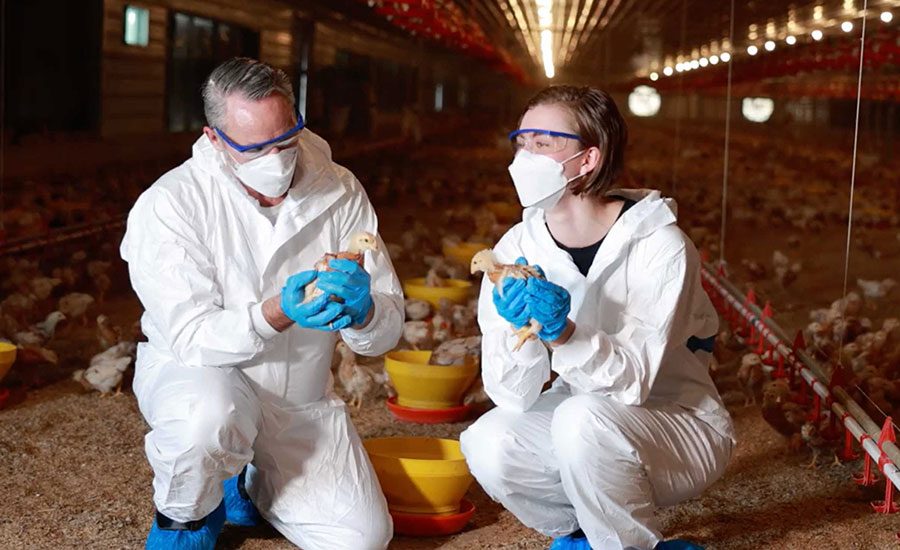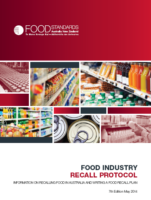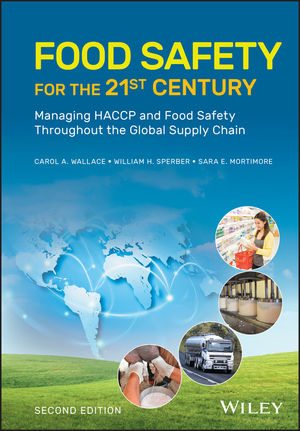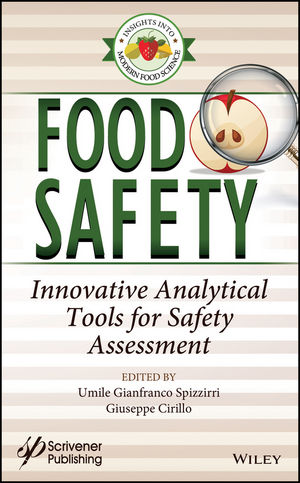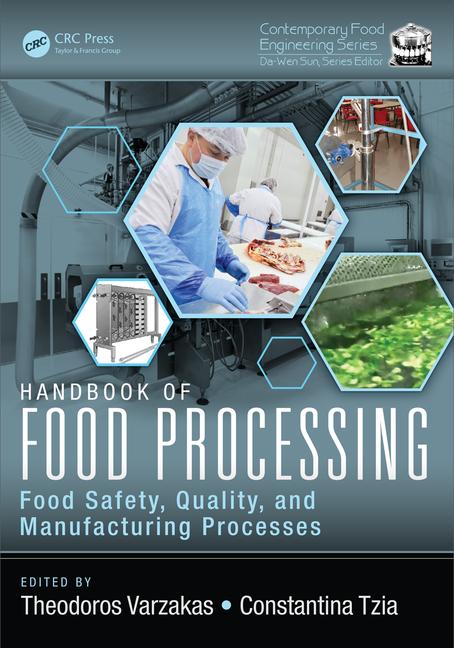If not for simply the fun of the debate, many have mused for years why there shouldn’t be one consolidated federal food agency. Despite the arguable benefits of such a mythical agency, the reality of what now exists makes the possibility of what might seem impossibly insurmountable. Using the adage, “if we knew then what we know now,” the food system in this country might look wholly different. But like most institutions, each piece was developed at a different time and because of a different need. And that evolution was occurring in a world where food was not an international commodity, processed, packed, transported and resealed 24 hours a day. Still, it was a fun debate—what if we were starting from scratch?
Instead, today we work with a patchwork of at least 15 federal food safety agencies administering at least 30 federal laws and regulations. These operate in addition to similar agencies, laws and regulations in each of the 50 states. In any given year, over 1500 food facilities can expect inspections from both the U.S. Department of Agriculture (USDA) and the U.S. Food and Drug Administration (FDA) as they are dual jurisdiction establishments. Companies with facilities in multiple states, or whose products are shipped and sold in multiple states, must multiply their compliance considerations that much more. A preference for simplification seems obvious. Combining institutions and expertise, while giving up turf, seems anything but.
Yet maybe a glimmer of a place to start has begun to appear. While defined differently, at the heart of each of these federal and state food agencies is the same four-letter goal—safe. At the urging of the food industry, consumers, healthcare providers and other industrial countries, Congress came together in 2010 and passed the Food Safety Modernization Act (FSMA). If one reads the Act itself it contains many broadly stated goals, void of detail or practicality. It also contains what were even then obviously impossible deadlines for FDA compliance. But the concepts were good: proactive efforts; integrated systems; more responsive; comprehensive; science-based; and international in scope.
For all the criticism it suffered, FDA took its task to heart. It studied, published drafts, listened to stakeholders, completely re-vamped, listened and tried again. FDA was careful to avoid the toes of USDA. Yet the most important lesson FDA may have learned and which it addressed in its work was that it could not re-vamp the safety of the food industry under its jurisdiction, as FSMA requires, without help. FDA has neither the manpower nor the funding to even begin to train food facilities, much less inspectors, as to how to comply with what has taken years to develop and is still developing. To assist with the training, FDA has created partnerships, alliances and agreements such as the following list, which it includes in its Strategy for FSMA Training. Note how often, without ceding their jurisdictions, that FDA, USDA and states have agreed to work together to accomplish a common goal of training on good food safety practices.
Produce Safety Alliance (PSA): This Alliance was created by FDA and USDA, in cooperation with Cornell University, to develop a standardized training and education program to increase produce safety knowledge and prepare the produce industry and associated groups for FSMA implementation.
Food Safety Preventive Controls Alliance (FSPCA): This Alliance was created by a grant from FDA to the Illinois Institute of Technology’s Institute for Food Safety and Health, to develop a standardized training and education program that will help industry comply with the Preventive Controls rules for human and animal food for animals under FSMA.
Sprout Safety Alliance (SSA): This Alliance was created by FDA, in cooperation with the Illinois Institute of Technology’s Institute for Food Safety and Health, to develop a standardized training and education program and help sprout producers identify and implement best practices in the safe production of sprouts and prepare for FSMA implementation.
National Institute of Food and Agriculture (NIFA): Part of USDA, NIFA is partnering with FDA to provide grants to fund food safety training, education, extension, outreach and technical assistance to owners and operators of farms; small food processors; and small fruit and vegetable merchant wholesalers.
National Coordination Center (NCC): This center, funded by FDA, will lead the coordination of training delivery, outreach, education and technical assistance to reach small and medium-size farms, beginning and socially disadvantaged farmers, small processors and small fruit and vegetable merchant wholesalers.
Regional Centers (RCs): These regional centers will work with the NCC to increase the understanding and adoption of established food safety standards, guidance and protocols. They will identify region and audience-specific training, education, outreach and technical assistance needs and deliver training to food producers covered by the FSMA Section 209 mandate, in addition to ensuring the availability of informed trainers.
International Food Protection Training Institute (IFPTI): Established in 2009, IFPTI is a public-private partnership that addresses public health needs and collaborates with industry, federal, state and international governments, and other organizations. IFPTI, which builds training and certification systems for food safety professionals, has been awarded the contract to establish the NCC described above.
Cooperative Extension and Land-Grant Universities: More than 100 land-grant colleges and universities have extension programs through which they bring science-based information to agricultural producers and small business owners, among others. Members of the Cooperative Extension System will have key roles in the delivery of FSMA training.
Cooperative Agreement Partners: The recipients of FDA funding support curricula training and delivery to local food producers, including sustainable and organic farms, and tribes.
National Association of State Departments of Agriculture (NASDA): This association of state officials is in partnership with the FDA to collaboratively plan implementation of the produce safety rule under FSMA. NASDA will help facilitate industry training and will also play a role in the delivery of training to state regulators.
Additional Organizations: These state stakeholder organizations will also have roles in facilitating regulatory and industry training:
• Association of Food and Drug Officials, whose members include state and local officials involved in critical food safety issues
• Association of Public Health Laboratories, which works to strengthen laboratories serving public health
• Association of American Feed Control Officials, whose members include state, local and federal officials involved in the safety of animal feed
• Association of State and Territorial Health Officials, which represents public health agencies and professionals
Joint Institute for Food Safety and Applied Nutrition (JIFSAN): This partnership between FDA and the University of Maryland strives to increase global knowledge of effective food safety practices.
FSMA Collaborative Training Forum: Co-chaired by FDA and USDA, this forum will facilitate communication and coordination between the groups involved in FSMA training and gives the groups an opportunity to share information about their programs and address common concerns. In addition to the two agencies, represented groups will include the Alliances, the NCC, JIFSAN, NASDA and the organizations that have received cooperative agreements with FDA. Other stakeholder groups may also be included.
Thus, for the sake of “training” the industry on the new FSMA safety standards, FDA, USDA and the states have repeatedly partnered with one another, and with others, to work toward a common goal. No one is ceding or surrendering, but they are working with one another more and more.
In January 2015, the Safe Food Act of 2015 was introduced into Congress, which would establish one food safety agency, the Food Safety Administration. President Barack Obama has proposed combining USDA, FDA and possibly absorbing another dozen or so agencies all under the Department of Health and Human Services. Included as part of Obama’s 2016 budget, this one-agency proposal has gotten very little mention. And the proposed congressional legislation sits in committee. With far more bizarre warfare playing out on all corners of the political stage in 2016, it is not likely that a debate over the consolidation of a few federal agencies will even make the play list this year.
But give credit. A seed is planted. Partnerships are working. This heresy, this heated debate among the industry may not end up being a rhetorical argument. It actually may be slowly developing with all of us staying out of its way.
Kathy Hardee, Esq., is co-chair of the Food & Agriculture Industry Group at Polsinelli, PC, which is composed of a team of attorneys from every legal practice area and who each have a focused background in the food industry.
One Food Safety Agency – Heresy?

Looking for a reprint of this article?
From high-res PDFs to custom plaques, order your copy today!
